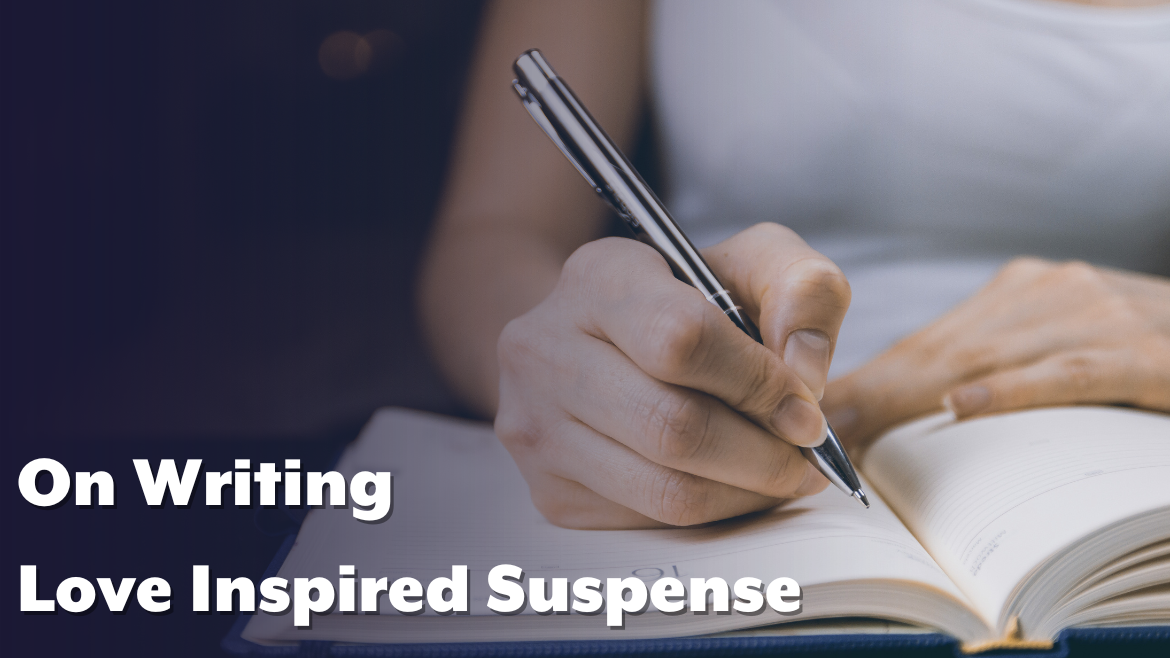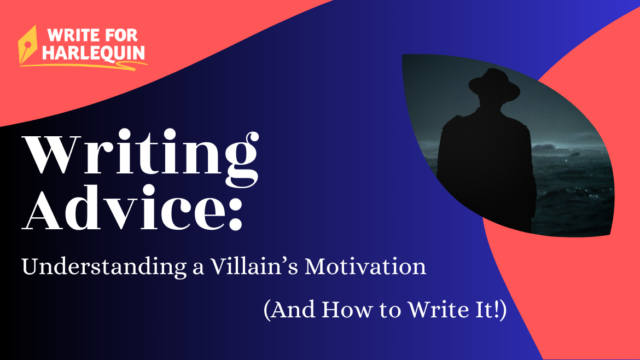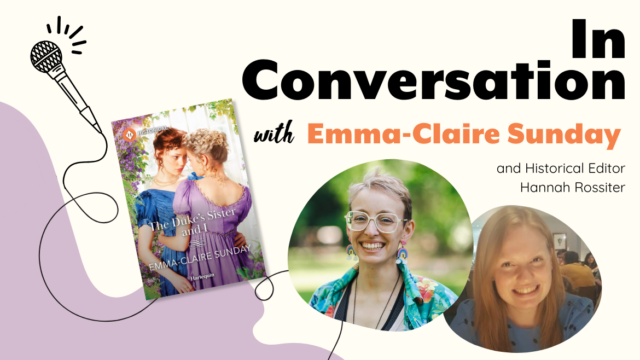
Today’s the day! You’ve decided to write your very own Love Inspired Suspense manuscript. But… where do you start? How exactly does one write a successful LIS story? Well, let’s talk about it. Let’s talk about the requirements, the LIS Editors’ wish list, and get into the nitty gritty of crafting a Love Inspired Suspense novel.
FYI: Guidelines for each Harlequin line can be found here on our Submittable site, through the Write for Harlequin site at any time. For more information on great hooks, settings, and characters for LIS, please see our recent blog post on the LIS Editors’ Wishlist.
Emotional Intimacy and Wholesome Values
In other words: Focus on the emotional tension between your hero and heroine and the development of their relationship outside of physical intimacy. We want to see richly developed characters sharing their lives, their hopes, and their fears with each other without relying on sexuality to advance the characters’ romance arc. Of course, LIS Editors love to see a sweet kiss, the recognition of attraction between characters, or emotionally charged light touches… once the hero and heroine have gotten to know each other. And this can all happen before the very end of the book. Just remember that your focus should be on your characters’ emotional relationship.
Ask Yourself: What are the emotional stakes? Why should readers invest in your hero and heroine’s story? Will readers care about your hero and heroine getting their Happily Ever After? Do your hero and heroine showcase their connection and chemistry through affection (hugs, a brief kiss) and emotional tenderness (supporting each other through their ordeal, saving one another, pushing each other to grow) rather than through overt or subtle physicality?
The Nitty Gritty: Your hero and heroine should showcase their connection and chemistry through affection (hugs, a brief kiss) and emotional tenderness (supporting each other through their ordeal, saving one another, pushing each other to grow as individuals) rather than through physicality. Don’t overtly focus on how the hero or heroine finds the other attractive physically. Physical attraction has a place in LIS, but it’s subtle. For example, a hero might draw attention to a heroine’s smile being as radiant as sunlight. Focus more on how they see appeal in their counterpart’s personality, their actions, or their relationships with their friends.
Balance Between Romance and Suspense
In other words: There should be a balance between exciting, thrilling scenes and emotionally charged, relationship driven moments. We want to see all that good suspense stuff—car chases, explosions, gun fights, etc.—but we also want to see the tender moments of sharing, openness, and relationship development that romance readers love. In LIS, it’s important to remember that the Editors want to see action and suspense driving each chapter. After all, we want to ensure that your readers are so gripped by excitement that they can’t help but turn the page. It is an LIS author’s job to identify moments in the storyline wherein a shared tender moment or lighthearted conversation can further their characters’ romance arc without distracting from the overarching suspense plot.
Ask Yourself: What is the external conflict threatening the hero and heroine? What is the romantic conflict preventing the hero and heroine from being together? Does my story have an equal representation of each conflict?
The Nitty Gritty: The hero and heroine should meet early in book, preferably by the end of chapter one. The suspense element should be introduced in chapter one, as well. LIS stories should contain both hero and heroine Point of View only, with an equal split between each character’s POV. There should be no secondary character POV. The suspense plot should be driven by a villain, not nature or circumstances (although nature and circumstances can certainly enhance the tension of a plot with a great villain!). A successful LIS story will feature a villain with a personal connection to the hero or heroine. An LIS villain shouldn’t be out to take over the world, but rather be out for the hero or heroine specifically for some reason.
Complex Villains
In other words: LIS editors are always on the lookout for complex, well-developed villains. We don’t want to see a purposeless villain. A villain shouldn’t be wreaking havoc for its own sake or seeking world domination just for the heck of it. An LIS villain should have some connection to the hero or heroine that prompts the hero and heroine’s connection with the suspense plot. For example, maybe the heroine saw, heard, or found something she shouldn’t have and is on the run from the villain when the hero vows to protect her. Just as the hero and heroine need goals and motivations, so, too, does the villain. The villain needs their own stakes. For example, perhaps a villain has been stealing money from the hero’s community. The heroine is down on her luck and is just one of many victims. When the hero discovers the villain’s culpability, it becomes the hero and heroine’s goal to bring the villain to justice. However, readers need to know why the villain was stealing money in the first place and what the villain stands to lose if the hero and heroine succeed in bringing the villain down.
Ask Yourself: What will the villain lose should the hero and heroine survive, or succeed? Are the villains actions logical? Do the villain’s actions serve their goals? Are the stakes for the villain clear to the reader?
The Nitty Gritty: A complex villain may not be clearly outlined until the end of the book… and that’s ok! A sense of mystery can add to the complexity of a good suspense plot. It’s ok if readers don’t understand the villain’s motivations and goals at the outset. It’s ok if that information isn’t revealed until the end. An LIS author’s job is making sure that the villain’s actions leading up to the grand reveal clearly support their end goals so that when the time comes to explain the villain’s evil plan, everything clicks into place.
All the editors at LIS hope this information will be helpful to authors. We look forward to reading your submissions!



